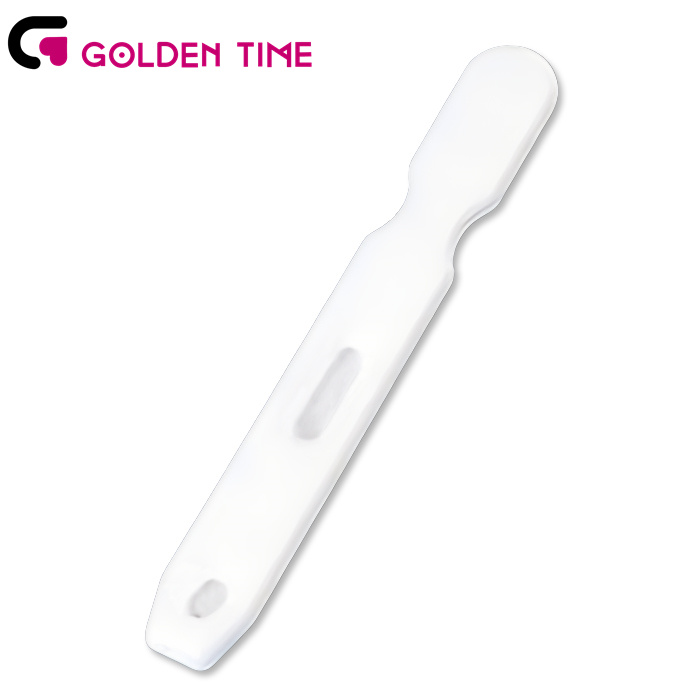જુલાઈ . 26, 2024 01:02 Back to list
Rapid Assessment for Dengue Fever Using Quick Testing Methods in Field Conditions
Understanding Quick Test for Dengue A Vital Tool in Disease Management
Dengue fever, a mosquito-borne viral infection, poses a significant public health challenge in tropical and subtropical regions around the world. Caused by the dengue virus, which is transmitted primarily by the Aedes aegypti mosquito, this disease can lead to severe flu-like symptoms, and in some cases, it can develop into the life-threatening dengue hemorrhagic fever. Given the increasing incidence of dengue globally, early detection and management have become crucial in controlling outbreaks and reducing mortality rates. One of the most effective ways to achieve this is through the use of quick tests for dengue.
Understanding Quick Test for Dengue A Vital Tool in Disease Management
The mechanism behind these rapid tests is relatively straightforward. When a patient is infected with the dengue virus, the body begins to produce antibodies in response to the infection. The quick test detects either these antibodies or, in some cases, the viral antigens present during the infection. By identifying these markers, healthcare providers can confirm a dengue diagnosis rapidly, which is essential for initiating timely treatment and management strategies.
quick test dengue

One of the primary benefits of using quick tests for dengue is that they can significantly enhance the speed of diagnosis in settings where access to laboratory facilities is limited. This is especially important during a dengue outbreak, where the number of suspected cases can surge, overwhelming healthcare systems. By enabling healthcare workers to conduct tests at the point of care, they can quickly determine the course of action—whether it involves further hospitalization, treatment for severe cases, or public health interventions to contain spread.
Moreover, rapid tests facilitate better monitoring and response to dengue outbreaks. Governments and health organizations can use aggregated data from these tests to map the spread of the virus, identify hotspots, and allocate resources effectively. This real-time data is crucial for public health planning and response strategies, contributing to timely vector control measures and community awareness campaigns.
Despite their advantages, it is important to acknowledge the limitations of quick tests for dengue. The accuracy of these tests can vary, with sensitivity and specificity not matching that of traditional laboratory methods such as polymerase chain reaction (PCR) or enzyme-linked immunosorbent assays (ELISA). Consequently, false negatives and false positives can occur, which may affect clinical decision-making. To mitigate these issues, healthcare professionals are advised to use quick tests as preliminary screening tools, confirming results with more comprehensive laboratory tests when necessary.
In conclusion, quick tests for dengue are invaluable tools in the fight against this potentially fatal disease. Their speed and ease of use make them particularly useful in resource-limited settings and during outbreaks. While they do have limitations in accuracy, when used judiciously alongside traditional diagnostic methods, they can significantly enhance patient management and public health strategies. As dengue fever continues to be a global health concern, the development and implementation of rapid diagnostic tests remain a priority for healthcare systems worldwide, ensuring that timely and effective interventions can save lives and mitigate the impact of outbreaks.
-
Dengue NS1 Rapid Diagnostic Test Kit
NewsMar.07,2025
-
Dengue NS1 Rapid Diagnostic Test Kit
NewsMar.07,2025
-
Dengue NS1 Rapid Diagnostic Test Kit
NewsMar.07,2025
-
Transferrin Rapid Test Cassette Tumor Marker TF Card
NewsMar.07,2025
-
Malaria Pf Pan Rapid Diagnostic Test Kit
NewsMar.07,2025
-
malaria pf / pan ag rapid test
NewsMar.07,2025

